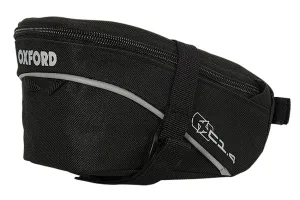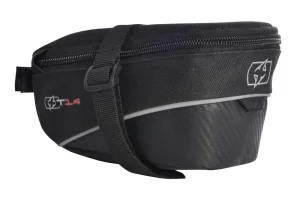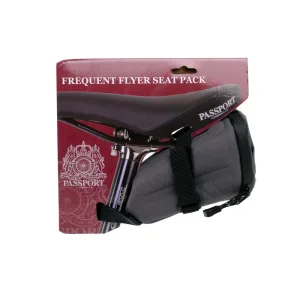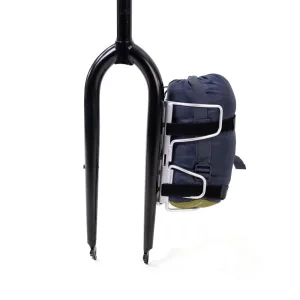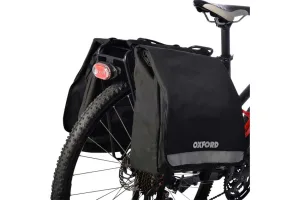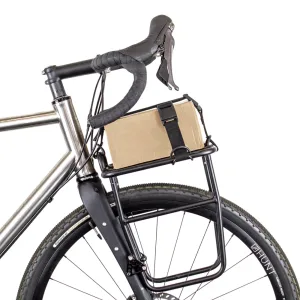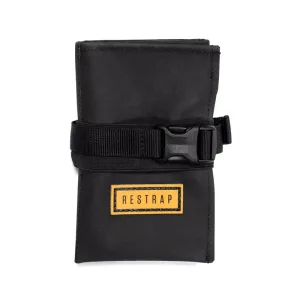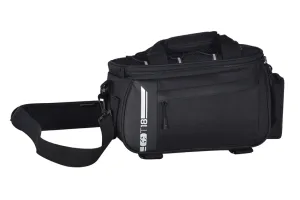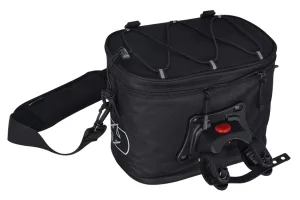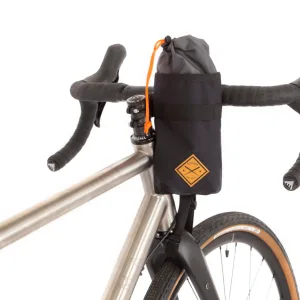Bags
Bike bags, bike luggage or bicycle bags, are specially designed to allow cyclists to transport their belongings while riding their bikes. These bags are essential for bike touring, adventure rides, commuting, or simply carrying essential items on everyday rides. They come in various sizes and styles to accommodate different needs and preferences, as well as performing in all weather conditions.
Below is an overview of some of the different types of bike bags available to buy on Time to Ride:
READ MORE...Panniers: Panniers are bags that attach to the sides of a bike’s rear rack or front fork. They typically come in pairs to provide balanced weight distribution. Panniers are spacious and offer excellent storage capacity for larger items such as clothing, camping gear, or groceries.
Handlebar Bags: Handlebar bags are attached to the handlebars of a bike. They are ideal for carrying small to medium-sized items such as maps, snacks, a camera, or phone. Handlebar bags often feature clear map pockets and compartments for organized storage.
Frame Bags: Frame bags are designed to fit within the bike’s frame triangle, maximizing the available space. They are great for storing tools, spare tubes, energy bars, or other compact items. Frame bags help keep the weight centered and low, which improves bike handling.
Saddle Bags: Saddle bags are attached to the bike’s saddle or seat post. They are commonly used for carrying tools, a spare tube, a small pump, or other bike repair essentials. Saddle bags come in different sizes, from compact bags for minimal storage to larger bags for longer rides.
Trunk Bags: Trunk bags are mounted on a rear bike rack and offer a mix of pannier and backpack features. They provide a good amount of storage space and often have compartments and pockets for organizing gear. Some trunk bags even come with removable shoulder straps for easy carrying off the bike.
Features and Considerations:
Waterproofing: Many bike bags are made from waterproof or water-resistant materials to protect your belongings from rain and moisture. Look for bags with sealed zippers or additional rain covers for added protection.
Attachment Systems: Bike bags use various attachment systems, including straps, clips, buckles, or quick-release mechanisms. Ensure that the bags you choose are compatible with your bike’s rack or frame.
Durability: Bike bags need to withstand the rigors of cycling, including vibrations, bumps, and weather conditions. Durable materials like nylon or Cordura are commonly used for bike bag construction.
Weight Distribution: It’s important to distribute weight evenly when using panniers or other side bags to maintain bike stability. Heavier items should be placed lower and towards the center of the bike.
Visibility: Opt for bags with reflective elements or attach additional reflective accessories for enhanced visibility, especially if you ride in low-light conditions.
Security: Some bags come with built-in locks or offer options to secure them with padlocks. This is particularly useful if you plan to leave your bike unattended.
Bike bags offer convenience, allowing cyclists to carry their essentials without hindering their riding experience. They enable extended bike tours, provide storage solutions for commuting, and add versatility to your cycling adventures. With a wide range of options available, you can choose the bags that best suit your needs and enjoy the freedom of carrying your gear on your bike.

